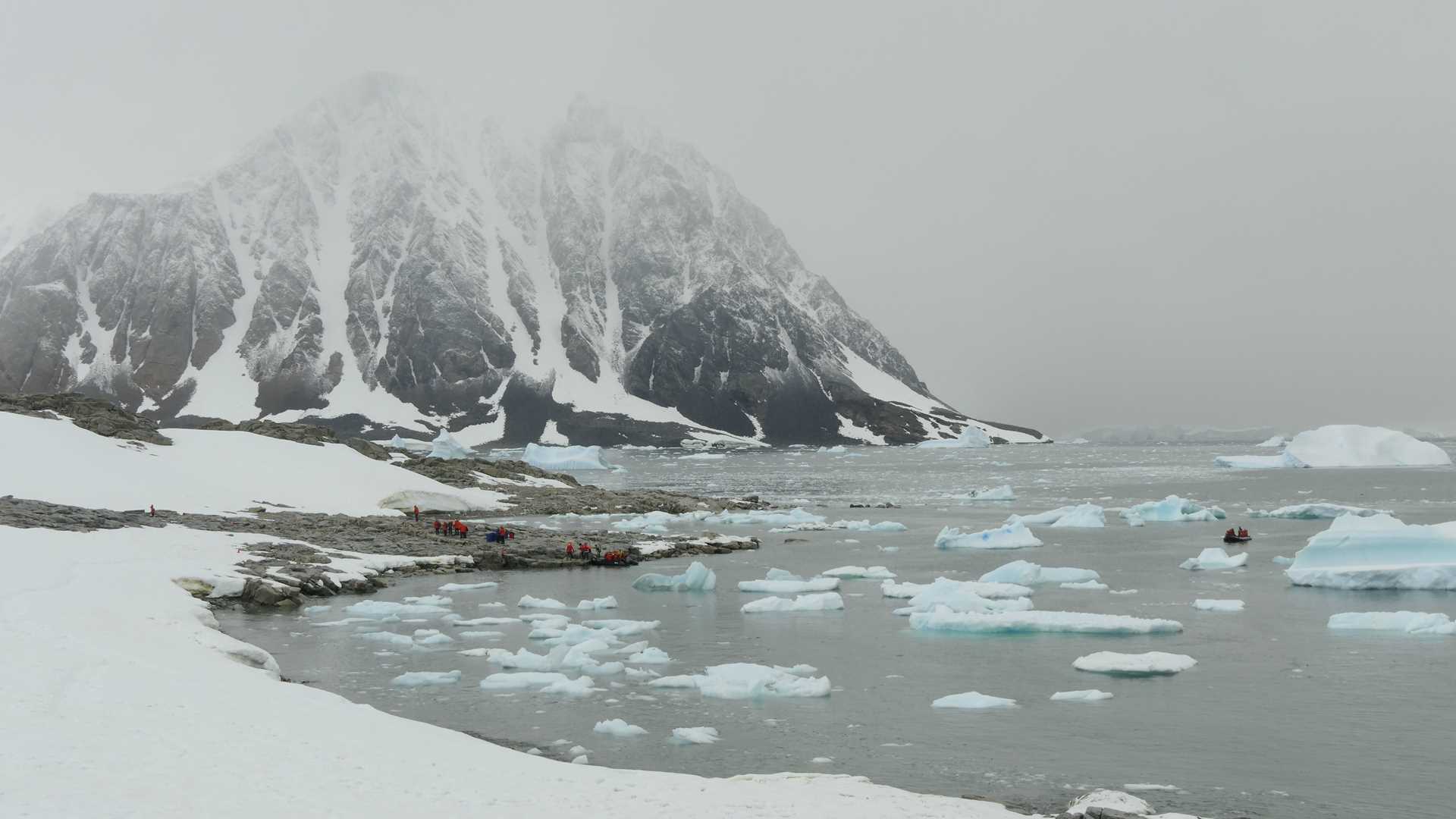After two days of travel, we awoke this morning to the success of crossing the Drake Passage and reaching the Antarctic Peninsula. Outside our windows: tall mountains and big blue icebergs. On deck: crisp and chilly air. We are finally here. We spent the whole day in Marguerite Bay, commencing our expedition with a visit to Stonington Island, home of two historic research stations, Base E (UK) and East Base (USA). We headed farther south for afternoon adventures, but plan A was sloshed away by inclement weather. We pivoted both plans and direction, but not before reaching the farthest south latitude that National Geographic Resolution has ever sailed! We enjoyed delightful Zodiac excursions to view fantastic ice formations, gorgeous lighting, and a sampling of Antarctic wildlife. Both morning and afternoon included programs by our scientists and naturalists, concluding with recap and another delicious dinner.
2/28/2025
Read
National Geographic Resolution
Northbound Drake Passage, Cape Horn, and the Beagle Channel
This morning, we had a later start than usual after a late night enjoying the crew show. Our galley team gifted us with a fulfilling brunch. We then had a brilliant forum about climate change with the participation of our panel of experts onboard. Afterward, our expedition leader called us to the bow to see Cape Horn, which was only a few miles ahead. The good weather allowed us to have a smooth and fast crossing, allowing extra time to swing by Cape Horn, the most southern tip of the Americas. Over the PA system, Steven provided a very interesting description of the historical importance of this area, then Pablo read a beautiful poem, a memorial to the seaman lost at sea. We could see the monument in the distance, two metal sheets that depict an albatross in flight. During the afternoon, we enjoyed Madalena’s presentation about Women in Antarctica. This was an incredible voyage through the struggles and delays of allowing women to participate in science and logistics in Antarctica. We entered the Beagle Channel around 17:00 and we encountered black-browed albatrosses, cormorants, dolphins, and whales. On our final approach to the beautiful city of Ushuaia, we passed by Les Eclaireurs Lighthouse and some of the seals that live in the Bridges Islands Archipelago.







